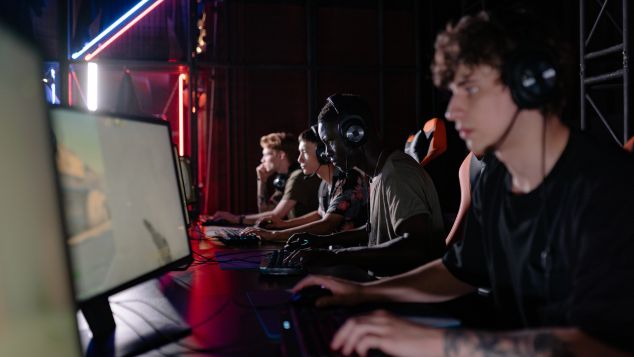GLAAD has taken a look into diversity and LGBTIQA+ representation in the world of computer games.
For years the US organisation has reported on the number of LGBTIQA+ characters appearing on US television shows and advertisements to see if it corresponds with the number of people who are gay, lesbian, bisexual and transgender in society. President and CEO Sarah Kate Ellis says computer games are no different.
“In today’s fragmented media world, media includes more platforms, touchpoints, and opportunities to see ourselves represented and GLAAD is a trusted resource and expert on representation and the media itself.
“We cannot move what we do not measure. This is why our annual reports, like Where We Are on TV, the Studio Responsibility Index, the Advertising Visibility Index, and now our State of LGBTQ Inclusivity in Gaming Report, measure LGBTQ representation in these forms of media.” Ellis said in the forward of the new report.

For many years the global revenue of the games industry has surpassed that of filmed entertainment and record music combined. For Gen Z and Millennials, whether they identify as LGBTQ or not, the amount of time they spend playing computer games is comparable to the time they spend watching TV.
“Our research with Nielsen this year found that 17%—nearly 1 in 5—active gamers are LGBTQ. And yet, in our analysis of currently available console games, we found that games with LGBTQ characters or storylines account for less than 2% of all games. We are nearly invisible in game representations despite being a significant percentage of gamers.” Ellis said of the new research.
While they are a big part of the gaming community, the report found that LGBTQ gamers also received a large amount of homophobic harassment on the platforms.
Study finds representation is important to gamers
The research found that being able to play an LGBTQ character was important to 72 per cent of those surveyed. The percentage is even higher for younger age groups (78% of 13–17-year-olds).
LGBTQ gamers are 1.4 times more likely than non-LGBTQ gamers to buy or play a game because it allows them to play as a character that matches their gender. While 60% of non-LGBTQ players said allowing options for diversity in sexuality and gender in game play would make no difference to their engagement.
70% of LGBTQ gamers and 46% of non-LGBTQ gamers are less likely to buy or play a game if it contains harmful tropes or stereotypes about the LGBTQ community. Notably, 51% of heavy/core gamers are less likely to buy or play such a game.
Blair Durkee, Associate Director of Gaming at GLAAD said game makers had an opportunity to meet gamers expectations.
“We believe that LGBTQ inclusion benefits both the video game industry and community. As this report shows, the presence of LGBTQ characters or storylines doesn’t meaningfully deter non-LGBTQ people from buying or playing games, but it makes a huge difference to LGBTQ gamers. Nearly 7 in 10 LGBTQ gamers wish there were more prominent LGBTQ storylines in games.
“Developers have the opportunity to meet a critical need for our community while also expanding their audience.” Durkeee said.
Read the full report. Looking to meet more local gaymers – head to Facebook.
Graeme Watson
You can support our work by subscribing to our Patreon
or contributing to our GoFundMe campaign.






